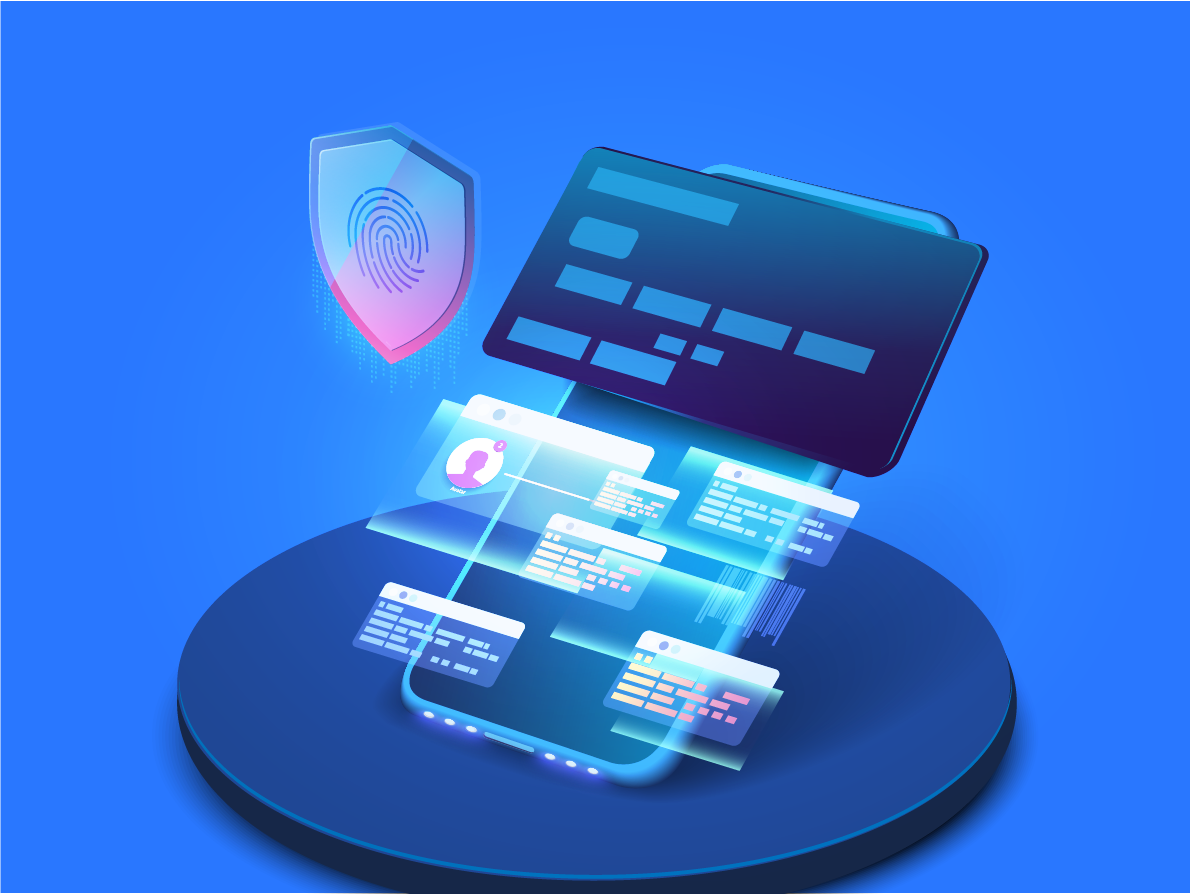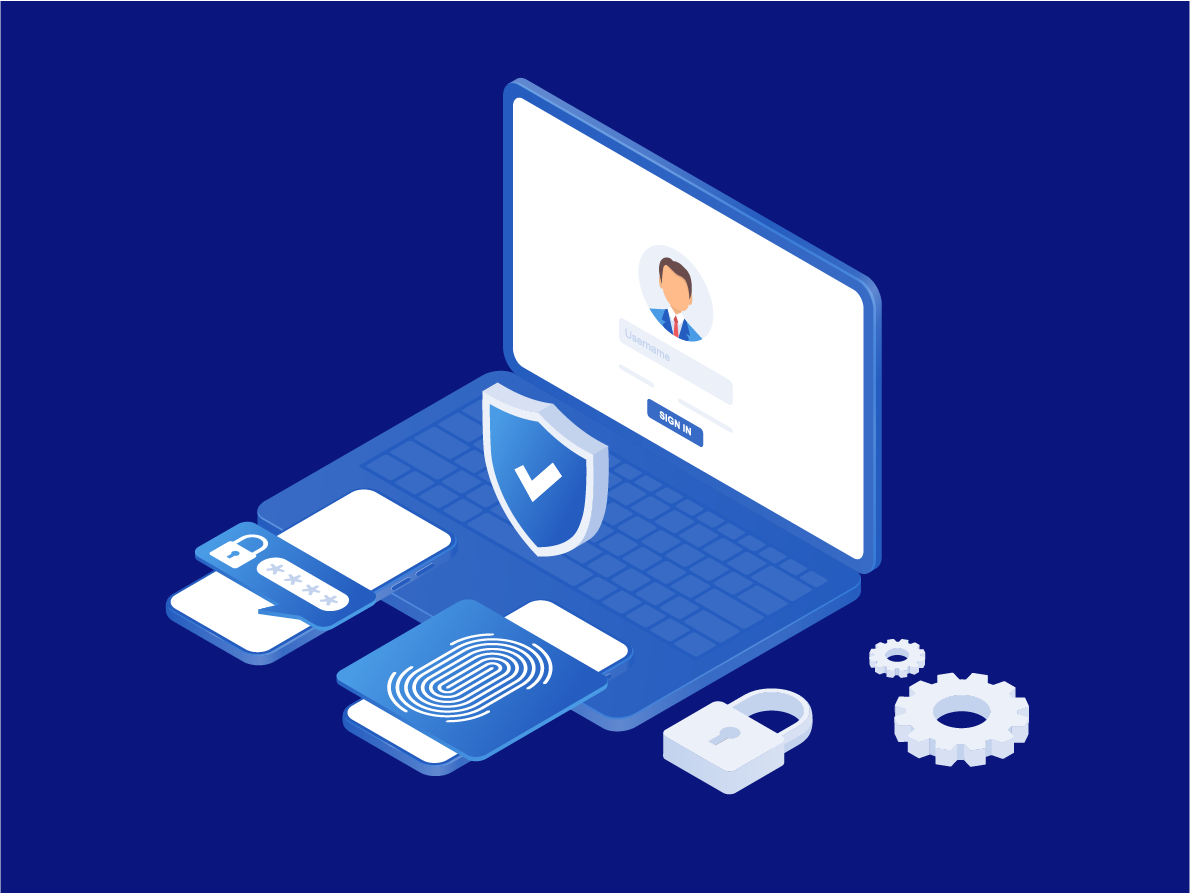
Try LoginID’s FIDO2 Passwordless Authentication Platform for Free
There has been a significant shift towards mobile payments and digital wallets over the past year and half. Before the pandemic digital wallet usage was already trending upward, but COVID has shifted that trend into high gear.
Digital wallets provide a contactless payment option and as a result, an influx of new adopters poured in. 2020 saw 29% year over year growth for in store digital wallet use, and that growth is not slowing down in 2021.
That growth is not going to be limited to payments as digital wallets are poised to replace all aspects of the traditional wallet including: loyalty cards, driver’s licenses, work IDs, hotel keys, and any other analogue item you might still be carrying around.
Another major market for digital wallets is the crypto space. Crypto investors need to be able to securely store and access their bitcoin or ethereum, and use crypto digital wallets to do so. There are many crypto digital wallet options available, but not all are created equal when it comes to balancing security and convenience.
Open vs Closed Mobile Digital Wallets
In general, mobile digital wallets fall in two categories: open or closed. Closed wallets are those that are linked exclusively to a specific merchant. Stabucks has a popular closed mobile digital wallet that’s available via their app. Using their app you can pay for your coffee and gain rewards and loyalty points. Walmart offers a similar app called Walmart Pay.
Open digital wallets, on the other hand, are built on a central platform and can transact with any merchant so long as that merchant has a compatible point of sale (POS) system. Apple Pay, Samsung Pay, and Google Pay are examples of popular open digital wallets. Open digital wallets offer more ubiquitous payment options for the consumer, but retailers are unable to capture as much information as they would with a proprietary closed digital wallet.
Mobile Payments Are On the Rise Globally
Mobile digital wallet market penetration among consumers has exploded from 18.9% in 2018 to 46% in 2020 according to ACI Worldwide’s Global Payments Trend report. Countries which have traditionally primarily used cash like Brazil and Malaysia are now becoming the fastest adopters of mobile payments and digital wallets. The number of mobile digital wallet transactions ballooned to 102.7 billion in 2020 and that number is projected to hit 2.58 trillion in five years.
A new study conducted by Worldpay by FIS revealed that in 2020, for the first time, payments from digital wallets and contactless in-store payments are exceeding both credit card and cash payments worldwide. Cash payments have seen the most dramatic decrease in use, falling from 42% in 2019 to just 20% of in person payments in 2020. The Worldpay FIS report projects that this trend will continue and that cash will account for less than 13% of payments globally by 2024.
In store digital wallet payments are not the only digital wallet payment method experiencing growth. In 2020, ecommerce transactions that were paid for using a digital wallet rose 7% and by 2024 are expected to make up half of all ecommerce transactions around the world.
Driver’s Licenses and Work IDs are Going Digital
In 2019, Delaware became the first state to allow for digital mobile driver’s licenses, or mDLs. Arizona, Connecticut, Georgia, Iowa, Kentucky, Maryland, Oklahoma, and Utah are also following suit.
What makes mDLs attractive is that they give holders additional privacy options. For example, when presenting identification to a bouncer, the mDL holder can choose to only show their name and birthdate while obscuring their address. The mDL holder can tap on their digital driver's license and a scannable barcode will appear.
The Wall Street Journal put together a video that does a good job explaining mDLs and how they work.
Like states with driver’s licenses, many companies are making the move away from physical id badges for their employees. Firms like Proxy offer digital work id solutions that are fairly simple to implement. Not only can digital work IDs be more convenient, they can also be more secure since a lost physical ID badge can help a thief decide exactly where to strike.
Where Else are Digital Wallets Taking Over?
More than just mobile payments and IDs, the digital wallet revolution is taking hold in just about every facet in which traditional wallets previously existed and beyond. The airline industry was an early adopter of the digital wallet movement, allowing passengers to store their tickets on their phones.
Aetna and Cigna now both offer digital versions of their insurance cards. The NY Metro and the BART in San Francisco now allow passengers to pay their fares by tapping their phones. Hotel chains like Hilton and Marriott have contactless check in options that include digital room keys on your phone. Even when it comes to car keys, BMW now lets you use your iPhone to unlock and start your car.
Crypto Digital Wallets
There has been an explosion in crypto investment over the past two years as blockchain grows in popularity among both retail and institutional investors. In order for investors to access their crypto, they need a digital wallet and as a result a plethora of digital wallets have come to the market.
Coinbase’s crypto digital wallet is one of the most popular options among crypto investors enabling them to trade crypto on Coinbase’s exchange with ease. However, crypto digital wallets are a prime target for hackers seeking to exploit any weakness in their security so they can pilfer unsuspecting investors of the coins.
Coinbase recently revealed that in the spring of 2021 more 6,000 digital wallets were hacked and had crypto stolen from them. As these attacks grow in sophistication, the fraud prevention methods employed need to stay ahead of the curve.
Protecting Your Digital Wallet
Many digital wallets today, particularly in the crypto space, are protected by two-factor authentication methods that include a traditional password, or a one-time passcode (OTP). The problem with using either of these methods for authentication purposes is that they are vulnerable to phishing and SIM Swap attacks.
Given the sensitive information and finances that are often stored in digital wallets, the strongest methods of security and authentication should be applied. When it comes to security and authentication, FIDO2 passwordless authentication cryptography is the top of the line.
The FIDO2 protocol is already built into almost all existing devices and works by leveraging the proprietary biometrics on that user’s device (a PIN can also be used if biometrics are unavailable). After registering their device, when logging into their digital wallet, the user can verify they are who they say they are by simply using their fingerprint or face id. This method is not only more convenient, but far more secure and immune to both phishing and SIM Swap attacks.
Previously, the pain point with FIDO2 was the long 12-18 month build time it took to implement. Fortunately, LoginID offers a simple method to implement FIDO2 passwordless authentication with just a few lines of code.
FIDO2 is more versatile than just a powerful biometric authentication platform, it can also be applied to payment authentication as well. LoginID’s transaction confirmation with digital signature tool is perfect for crypto digital wallets as each transaction is cryptographically signed and hashed on the blockchain. This means that a fraudster would not be able to transfer crypto out of your digital wallet unless they had your biometric.
With the popularity of digital wallets on the rise, developers should strive to find a balance between convenience and security. FIDO2 is a great approach to meeting both of these objectives.


